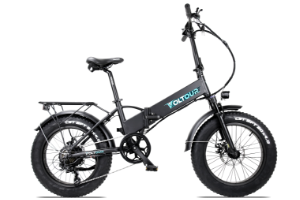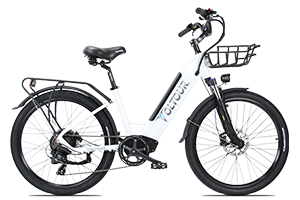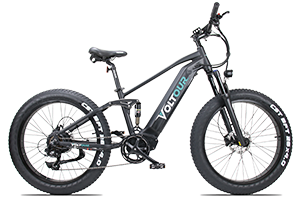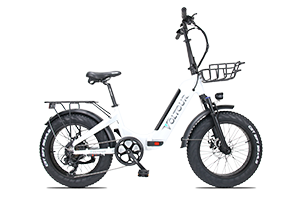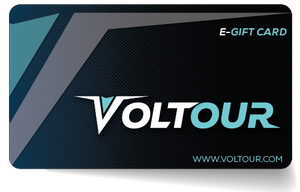The Evolution of Electric Bikes
Electric bikes have come a long way since their inception in the late 19th century. From rudimentary electric-powered tricycles to sleek, high-tech models, the evolution of electric bikes has been driven by a growing demand for eco-friendly transportation and a desire for more efficient and enjoyable cycling experiences. Let’s take a trip through history and explore how electric bikes have evolved over time.
Early Innovations
The first electric bicycles were developed in the late 1800s, but they didn't become popular until the 1890s when battery technology improved. These early models were simple, with a motor attached to the front wheel and a battery mounted on the frame. They were heavy, and the batteries didn't last long, but they were a promising start.

In the 1930s, electric bicycles saw a resurgence in popularity in Europe, primarily in Germany and France. These models were more sophisticated, with more powerful motors and longer-lasting batteries. They were used primarily by couriers and postal workers to deliver mail and packages.
Advancements in Technology
The 1990s saw a surge in the development of electric bicycles, with many companies experimenting with new designs and technologies. Battery technology had improved significantly, and more powerful and efficient motors were being developed. Electric bikes began to look more like traditional bicycles, with the motor and battery integrated into the frame.
In the early 2000s, electric bikes became more mainstream, with major bike manufacturers introducing their own models. These bikes were lighter, more efficient, and had longer ranges than earlier models. They were also more aesthetically pleasing, with sleek designs that were virtually indistinguishable from traditional bicycles.
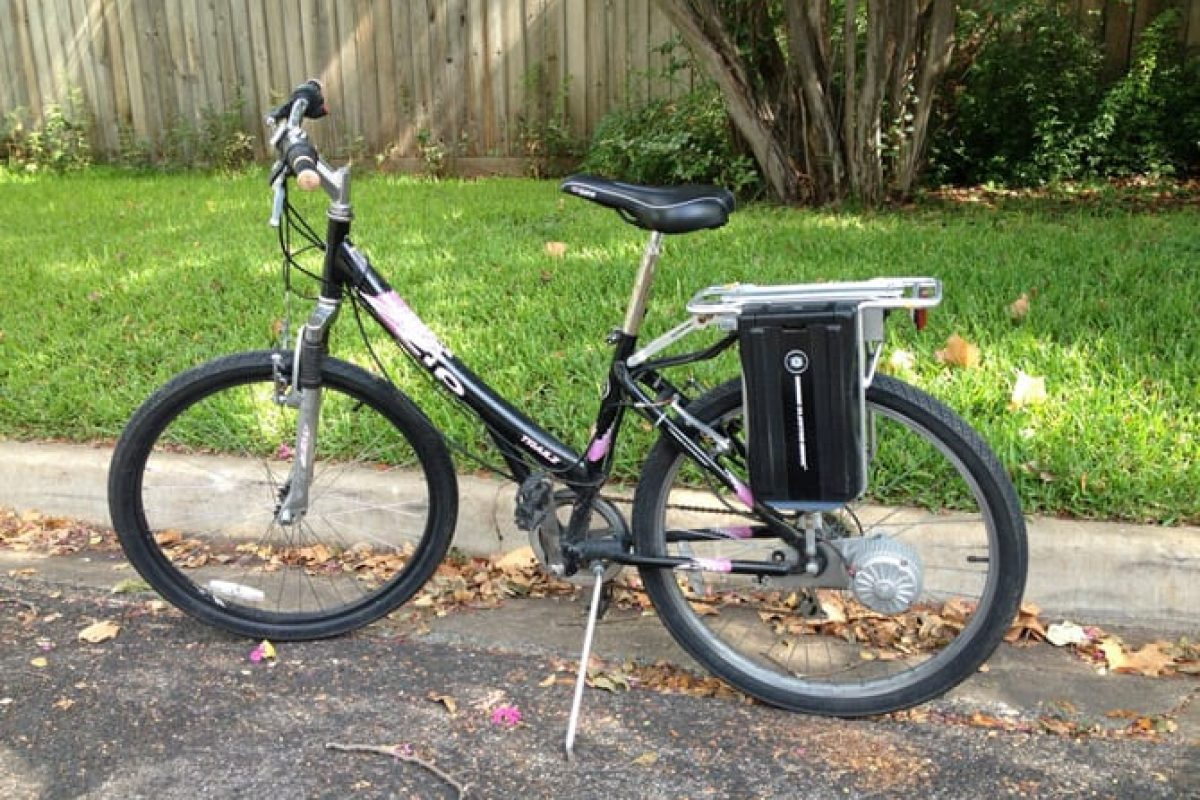
Cutting-Edge Designs
Today, electric bikes have become increasingly popular, and the market has exploded with new designs and features. There are now electric mountain bikes, electric cargo bikes, and even electric folding bikes. The motors and batteries have become more powerful and efficient, with some models capable of speeds up to 28 mph as a class 3 e-bike.
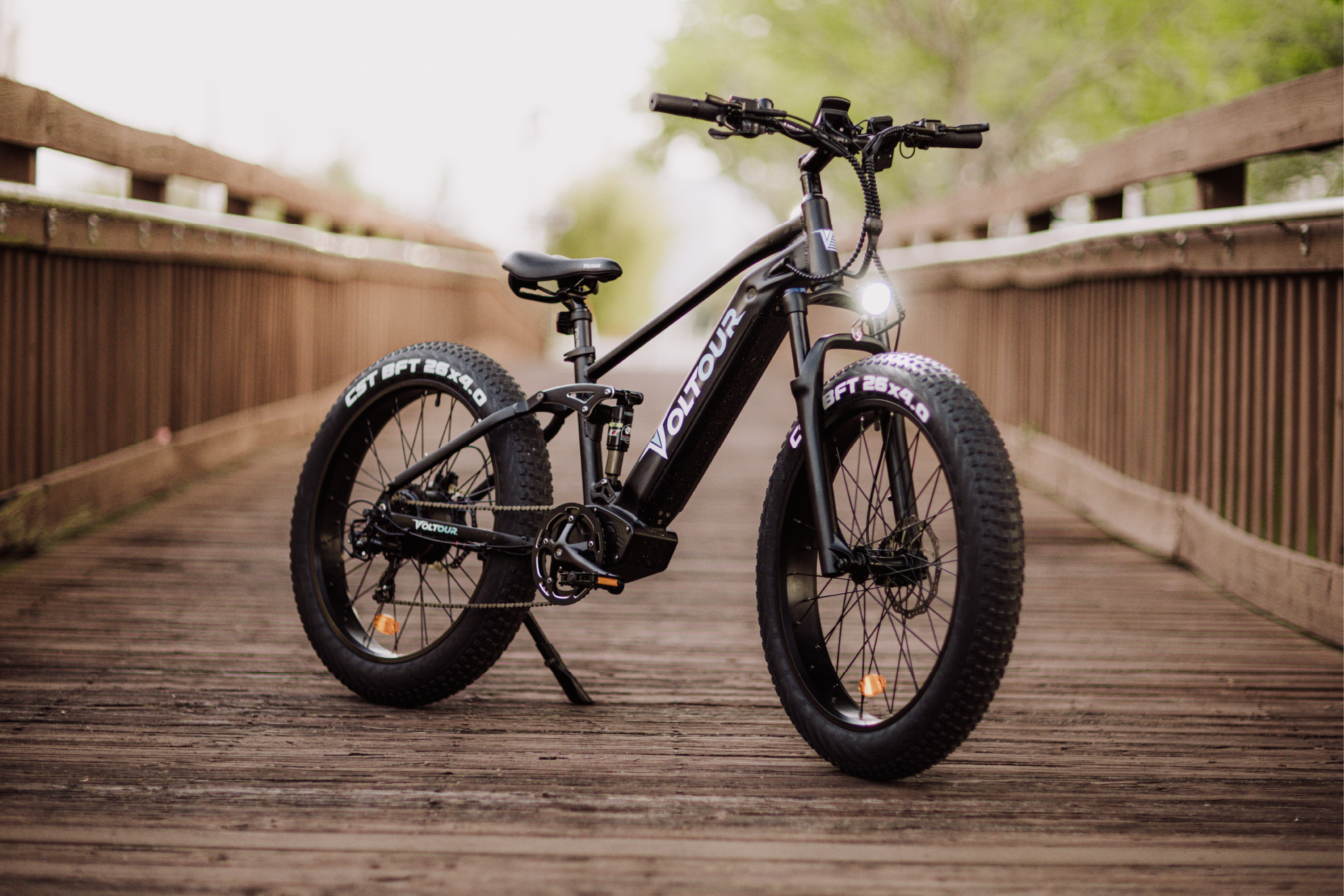
Many electric bikes now feature pedal-assist technology, which provides an extra boost of power when the rider pedals. This feature makes electric bikes more accessible to a wider range of riders, including those who may not be able to ride a traditional bicycle due to physical limitations.
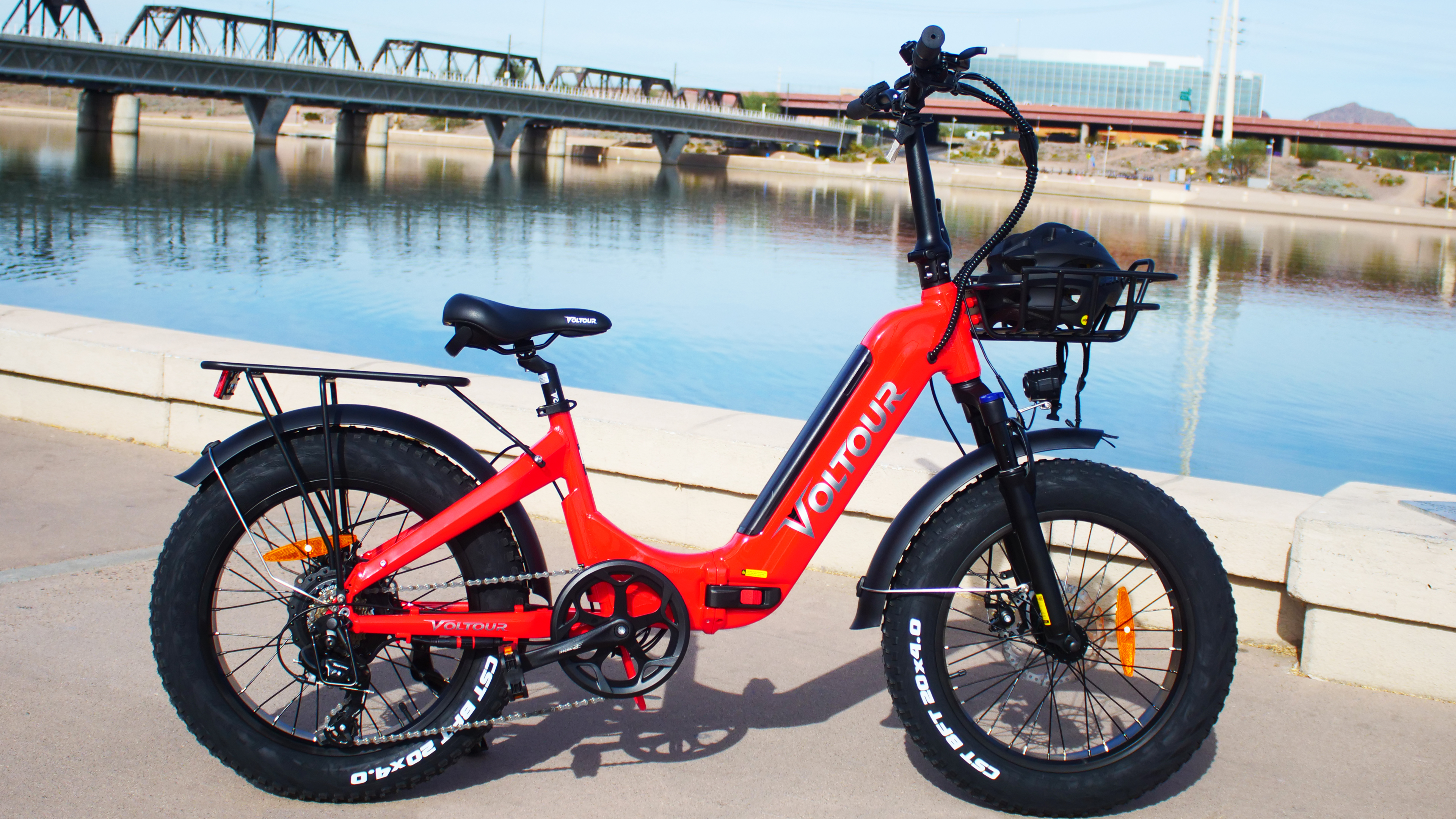
Electric bikes have come a long way since their early days, with advancements in technology and design making them more efficient, powerful, and accessible than ever before. As the demand for eco-friendly transportation continues to grow, we can expect to see even more exciting innovations in the world of electric bikes in the years to come.

